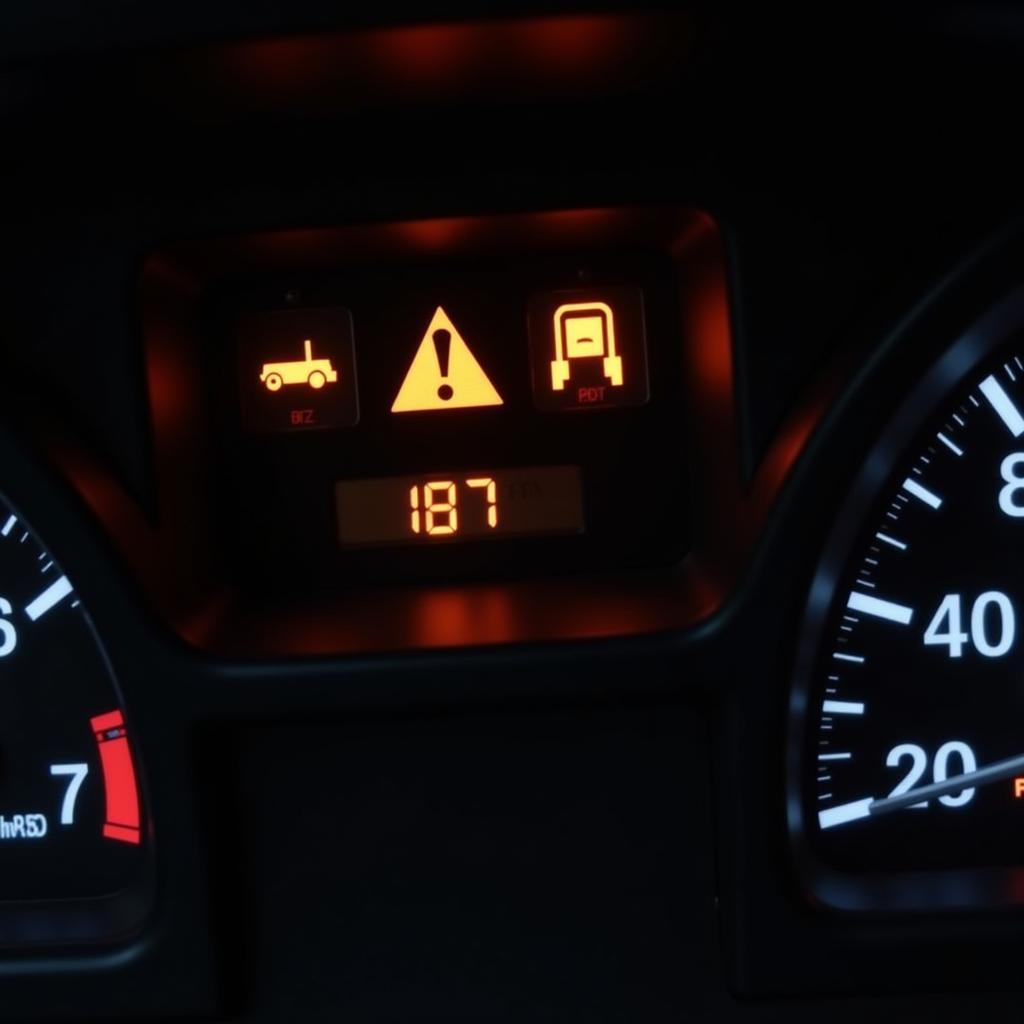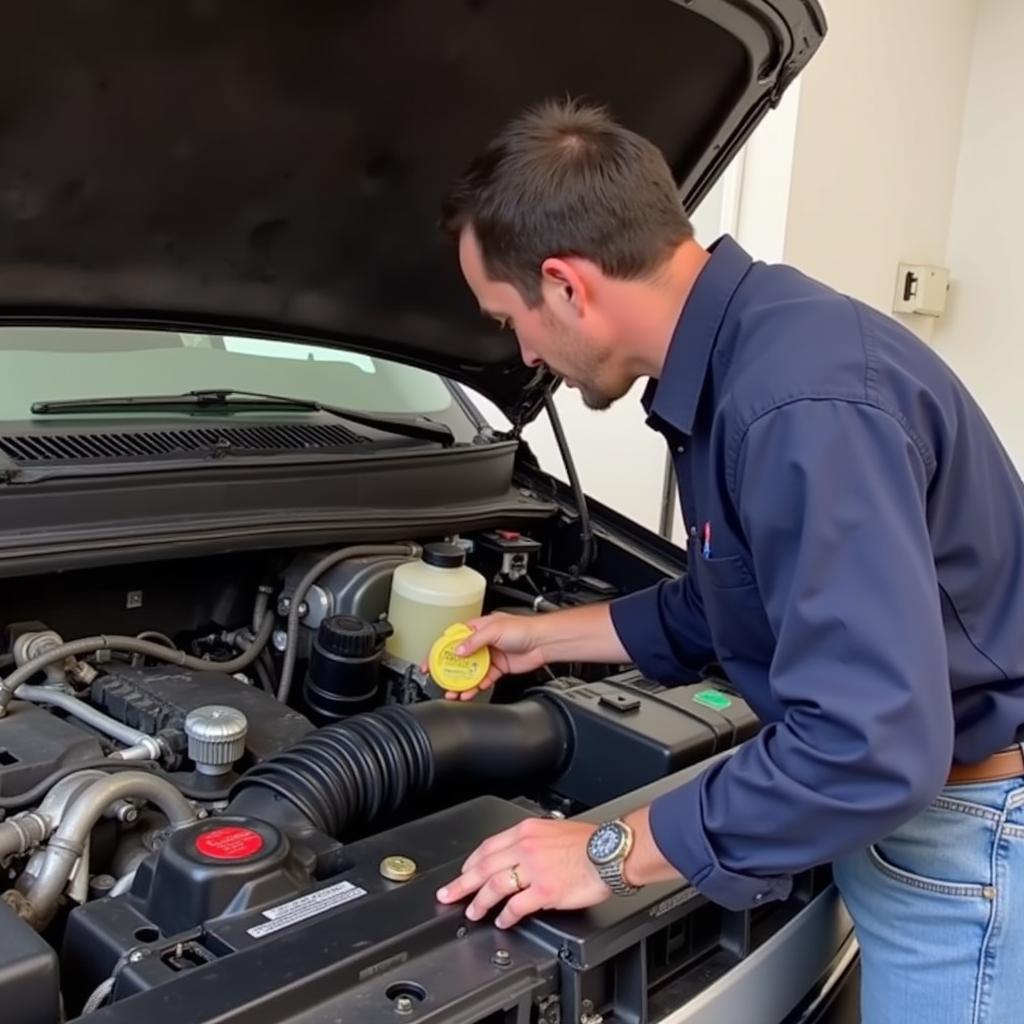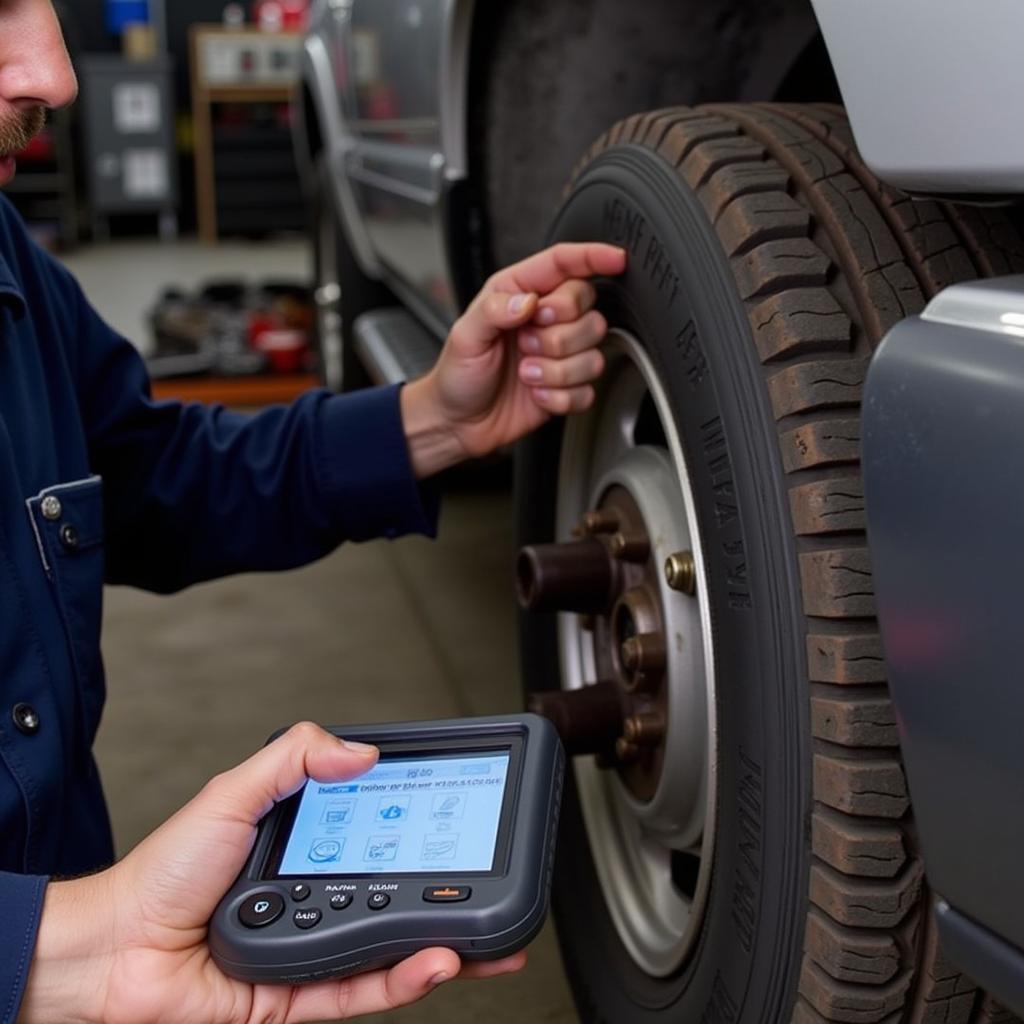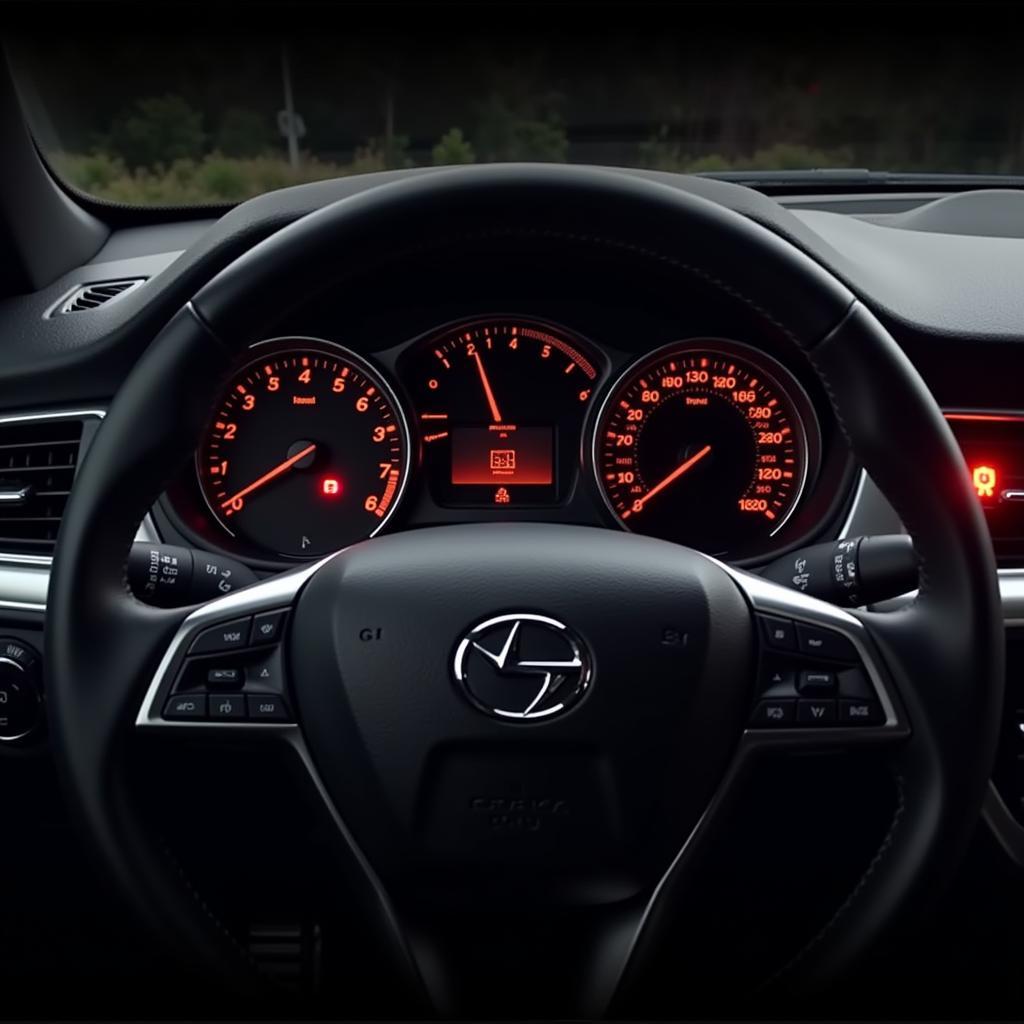If you’re a 2003 Silverado owner, seeing both your ABS (Anti-lock Braking System) and regular brake warning lights illuminated on your dashboard can be alarming. This combination of lights signals a potential issue within your truck’s braking system, demanding immediate attention to ensure your safety and that of others on the road.
While it might be tempting to assume the worst, there are several reasons why these lights might be on, ranging from simple fixes to more complex problems requiring professional attention. This article will guide you through understanding what those lights mean, potential causes, and steps you can take to address this issue.
Understanding the Warning Lights
Before we delve into the potential causes, it’s crucial to understand what each warning light signifies:
- ABS Light: When illuminated, it indicates a problem detected within the Anti-lock Braking System. Your Silverado may still have regular braking functionality, but the ABS, designed to prevent wheel lockup during hard braking, may not engage properly.
- Brake Warning Light: This light typically signals one of two things: either your parking brake is engaged, or there’s an issue with your traditional braking system, such as low brake fluid.
Seeing both lights on simultaneously suggests a potential overlap or communication issue between the ABS and the standard braking system, indicating a potentially more serious problem.
Common Causes of ABS and Brake Light Activation
Several factors can trigger both the ABS and brake warning lights in your 2003 Silverado. Here are some of the most common culprits:
- Low Brake Fluid: One of the most common and straightforward issues is low brake fluid. This can occur due to leaks in the brake lines, worn brake pads, or a malfunctioning master cylinder.
- Faulty ABS Wheel Speed Sensor: Your Silverado uses wheel speed sensors to monitor each wheel’s rotational speed. If a sensor gets dirty, damaged, or fails, it can disrupt the ABS system, triggering both warning lights.
- ABS Module Problems: The ABS module is the brain of your Anti-lock Braking System. Over time, it can experience electrical issues or fail, leading to malfunctioning ABS and triggering the warning lights.
- Blown Fuse: A blown fuse in the ABS system can disrupt the flow of electricity, causing the system to malfunction. This is usually a simple fix but requires checking your fuse box.
- Damaged Wiring: Exposure to the elements, road debris, or rodents can damage the wiring connected to your ABS system, leading to communication errors and triggering the warning lights.
 2003 Silverado Dashboard Warning Lights
2003 Silverado Dashboard Warning Lights
Troubleshooting the Issue
While some causes, like a faulty ABS module, require professional attention, here’s a step-by-step guide to troubleshoot the issue:
-
Check Your Brake Fluid: This should always be your first step. Locate the brake fluid reservoir under the hood and check the fluid level. If it’s low, add the appropriate brake fluid, but remember, this is a temporary fix. A professional mechanic should inspect the system for leaks or worn components.
-
Inspect the Parking Brake: Ensure your parking brake is fully disengaged. Sometimes a simple oversight can trigger the warning lights.
-
Check Your Fuses: Consult your owner’s manual to locate the ABS fuse(s). Inspect them for any signs of burning or breakage. Replace any blown fuses with the correct amperage.
 Inspecting Brake Fluid Level in a 2003 Silverado
Inspecting Brake Fluid Level in a 2003 Silverado
“It’s crucial to remember that while checking fuses and fluid levels are tasks some vehicle owners can handle, issues with the ABS module or wheel speed sensors often require the expertise and diagnostic tools of a qualified mechanic.” – John Miller, ASE Certified Master Technician
When to Seek Professional Help
If your ABS and brake warning lights remain illuminated after basic troubleshooting or you suspect a more complex issue, it’s crucial to seek professional help immediately. Driving with a compromised braking system is incredibly risky, and attempting complex repairs without proper knowledge and tools can exacerbate the problem.
Preventing Future Issues
While some issues are unavoidable, proactive maintenance can help prevent future ABS and brake light problems:
- Regular Brake Inspections: Schedule routine brake inspections with a trusted mechanic. They can identify potential issues early on, preventing costly repairs and ensuring your safety.
- Timely Fluid Changes: Refer to your owner’s manual for the recommended brake fluid replacement schedule and adhere to it.
- Quality Parts: When replacing brake components, opt for high-quality parts from reputable brands. This ensures optimal performance and longevity.
 Professional Mechanic Diagnosing Silverado ABS System
Professional Mechanic Diagnosing Silverado ABS System
Conclusion
Ignoring illuminated ABS and brake warning lights in your 2003 Silverado can have serious consequences. By understanding the potential causes, conducting basic troubleshooting, and seeking professional help when needed, you can ensure a safe and reliable driving experience. Remember, regular maintenance and addressing any braking system issues promptly is crucial for your safety and the longevity of your vehicle.


